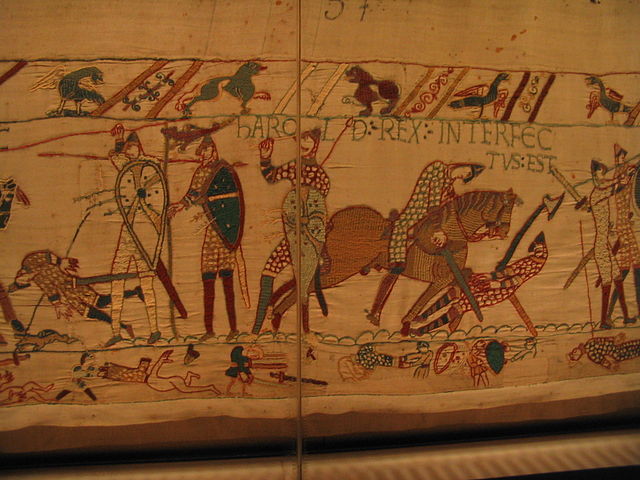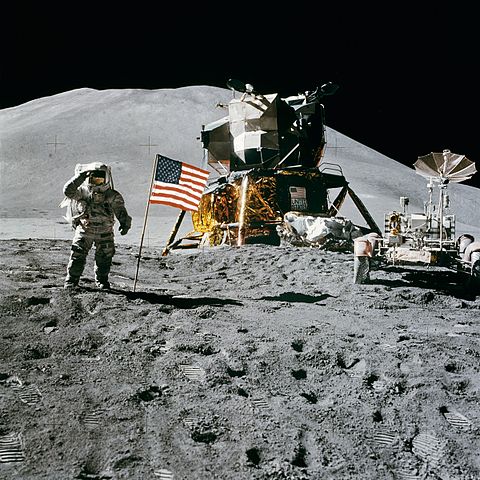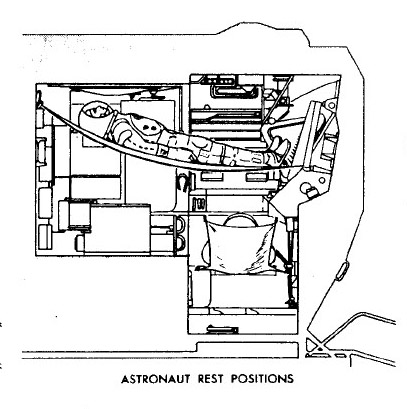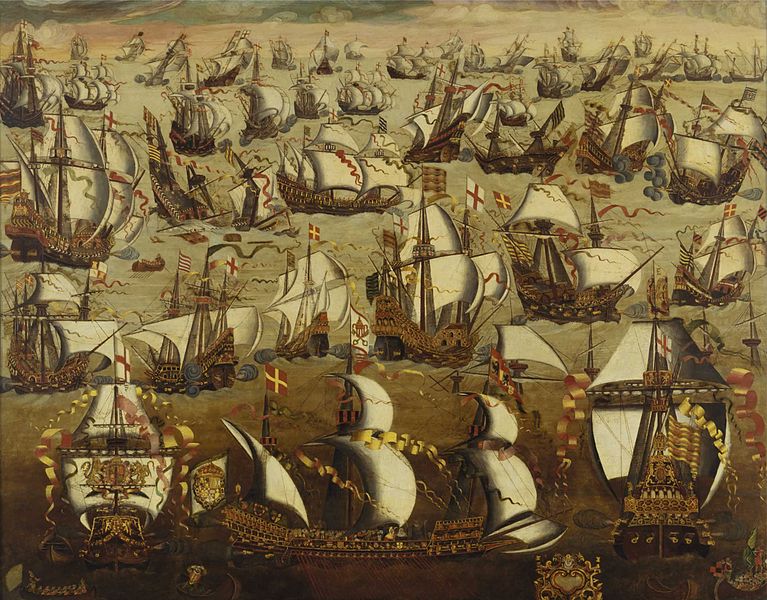The Importance of Hammocks Through History
Hammocks are great. There’s nothing quite like one for enjoying a nice, shady patch of the outdoors when the weather’s lovely.
Despite the obvious advantages of the hammock enabled lifestyle, hammocks have been conspicuously missing through many of the most important events in human history. There are a couple of reasons for this:
- A lack of hammockly knowledge. As unthinkable as it is for us now to consider life without a hammock, it’s only in recent centuries that hammocks have become known to most of the world. Hammocks have their origins in pre-Columbian America: prior to European contact with Native Americans in the late fifteenth century, most of the world was missing out.
- A lack of hammockly preparation. Sometimes people just forget to bring their hammock!
Here we will overview some of the more well-known turning points in human history, and consider the contribution that hammocks made to the events; or alternatively, how things might have been different with hammocks.
The Battle of Hastings
What happened:
In 1066, King Edward the Confessor died childless, leaving several claimants to contest the throne of England. The Anglo-Saxon king Harold II was crowned king not long after Edward’s death, however he faced opposition from his own brother Tostig, by King Harold III of Norway, and from Duke William II of Normandy. Tostig and King Harold III were killed in the Battle of Stamford Bridge, leaving William of Normandy as the only serious competition for the crown.
William’s army of Norman French cavalry, infantry and archers crossed the English Channel in September of 1066. Harold II’s army, having just defeated Tostig and Harold III in Yorkshire, turned south to deal with the Norman invasion. Crucially, Harold II left much of his army behind in the north. On the morning of October 14, the forces met at Hastings. Primary historical sources contradict each other over the exact events of the day, however we know that King Harold II died in this battle and the Norman forces were victorious. This lead to Duke William II of Normandy to march on London and become William the Conqueror, the first Norman king of England.

The Bayeux Tapestry is an embroidered cloth illustrating the events of the Norman invasion of England. Although it is 70 metres long, there is not a single hammock depicted upon it.
How it might have been different with hammocks:
If the Norman French of the 11th century had known the joys of hammocks, the Battle of Hastings probably wouldn’t have happened.
I mean, seriously, why would you bother?
Think about it: September is the northern hemisphere’s autumn, with winter just around the corner. English winters are infamously cold, dark, rainy and miserable. There’s nothing about going there that would appeal to the hammock enthusiast!
Hammock loving Normans would be much more inclined to cast their eyes south – towards the French Riviera.
If hammocks had prevented the Norman Conquest, the consequences would still be felt today – not least because the world’s most widely spoken language, English, would simply not exist as we know it without the Norman French and Anglo-Saxon linguistic collision that transpired.
The Apollo Moon Landings
What happened:

The Apollo program, conducted from 1961 to 1972, was a human spaceflight program run by NASA. It was responsible for the landing of the first humans on the moon in 1969. Over the course of six manned spaceflights, 12 men walked on the moon. In addition to being a great scientific victory for humanity as a whole, this was a great symbolic victory for the United States of America in the Space Race with the Soviet Union.
Hammocks in space:
When you think about it, the moon seems an unlikely place to enjoy a hammock. According to space.com, temperatures on the surface of the moon vary between -153 to 123 degrees celsius. This means that most of the time it’s simply far too cold or far too hot to really be hammock weather. The moon also has no breathable atmosphere, requiring astronauts to wear a space suit at all times. This need to always be in a space suit means that it is practically impossible to operate a chilled beverage in the traditional manner, further marring the potential enjoyment to be had from the lunar hammock.
Further to this, the Apollo missions were a hugely expensive undertaking and astronauts were sent, in part, in the hopes that they’d undertake scientifically valuable tasks such as gathering samples of moon rocks. Providing these astronauts with a hammock – and therefore something better to do – would seem to be an odd way to manage their productivity.

Nonetheless, hammocks made their way onto the moon: the Apollo Lunar Module contained a hammock, giving astronauts somewhere to lie down during their sleep period. Neil Armstrong reportedly didn’t sleep so well, saying “The quality of the rest was poor in my case”, but no doubt having a hammock beat sleeping on the floor. Astronaut Pete Conrad was more positive about lunar hammocks, saying “The hammocks were excellent. For the first 4 -1/2 hours, I slept; and it was a good, sound sleep.”.
(While we can assure you that our hammocks at Outdoor Living Direct are weather resistant for all Australian conditions, we wish to clarify that we have not tested them in extraplanetary envronments. We recommend our hammocks for terrestrial use only.)
The Spanish Armada
What happened:
In 1588, Spain sent 130 ships carrying 8,000 sailors and 18,000 soldiers for a planned invasion of England. A further 30,000 soldiers were mustered in the Spanish Netherlands to cross over to England by barge under the cover of the warships, making for a planned invasion force of some 56,000 troops. In successive engagements, the English fleet routed the Spanish ships at sea, preventing this force from landing. Weather conditions caused many of the Spanish ships to run aground on the coast of Ireland during the return, further compounding the Spanish defeat.

How it might have been different with hammocks:
With hammocks, sailors would have probably gotten a better night’s sleep!
Hammocks were adopted for naval use not long after the Spanish Armada, with the Royal Navy formally adopting the canvas hammock in 1597. Ships at sea tend to rock about quite violently in harsh weather conditions – this can cause sleeping sailors to be flung from their beds, leading to injury or even death. A hammock moves in concert with the rocking of a ship, allowing sailors to lay flat even while the ship is being battered one way and the other by even the harshest waves and winds.
Are You Thinking of Changing the Course of History?
Don’t forget your hammock!
Outdoor Living Direct’s exclusive range of premium hammocks provide ample space for comfort, are weather resistant in all Australian conditions, and built from a high strength fabric providing luxury and durability all in one.
Summer’s here, and our hammocks our on sale – there’s never been a better time to buy a hammock!

